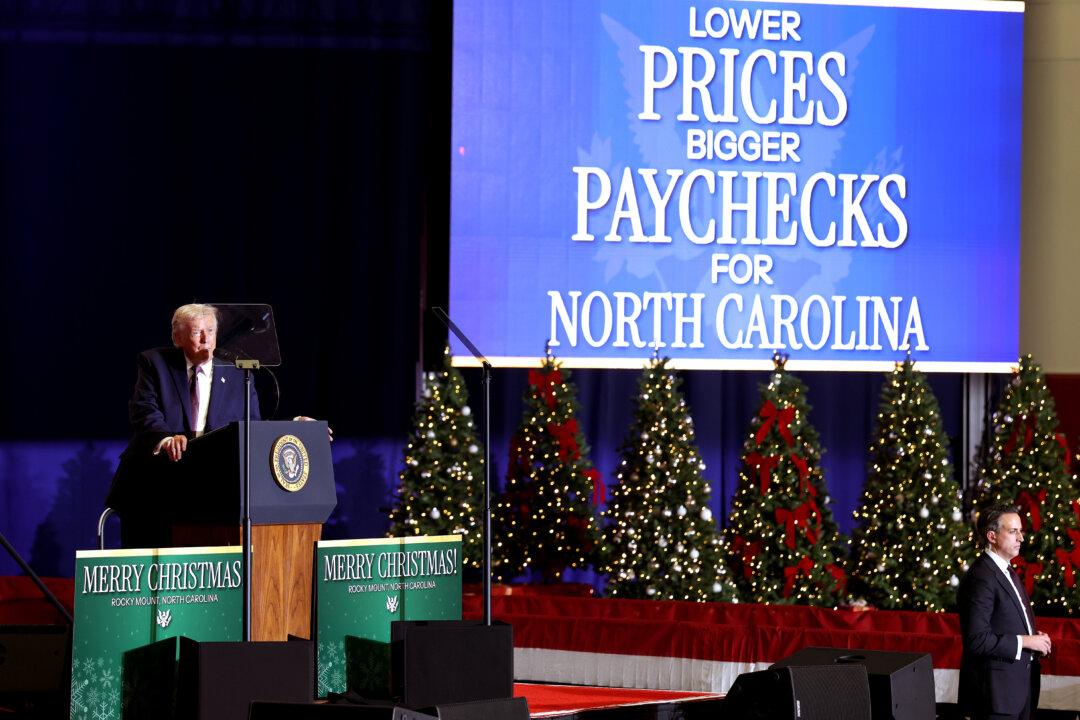WASHINGTON—Rising bond yields caused a market panic recently and sparked a sell-off in the stock market. While yields are still at historically low levels, investors worry that a sharp move in yields could be a sign of trouble.
The yield on the benchmark 10-year U.S. Treasury bond rose this month to as high as 1.73 percent, up from 0.89 percent a year ago. After reaching a 14-month high, the yield retreated to 1.62 percent on March 23.





